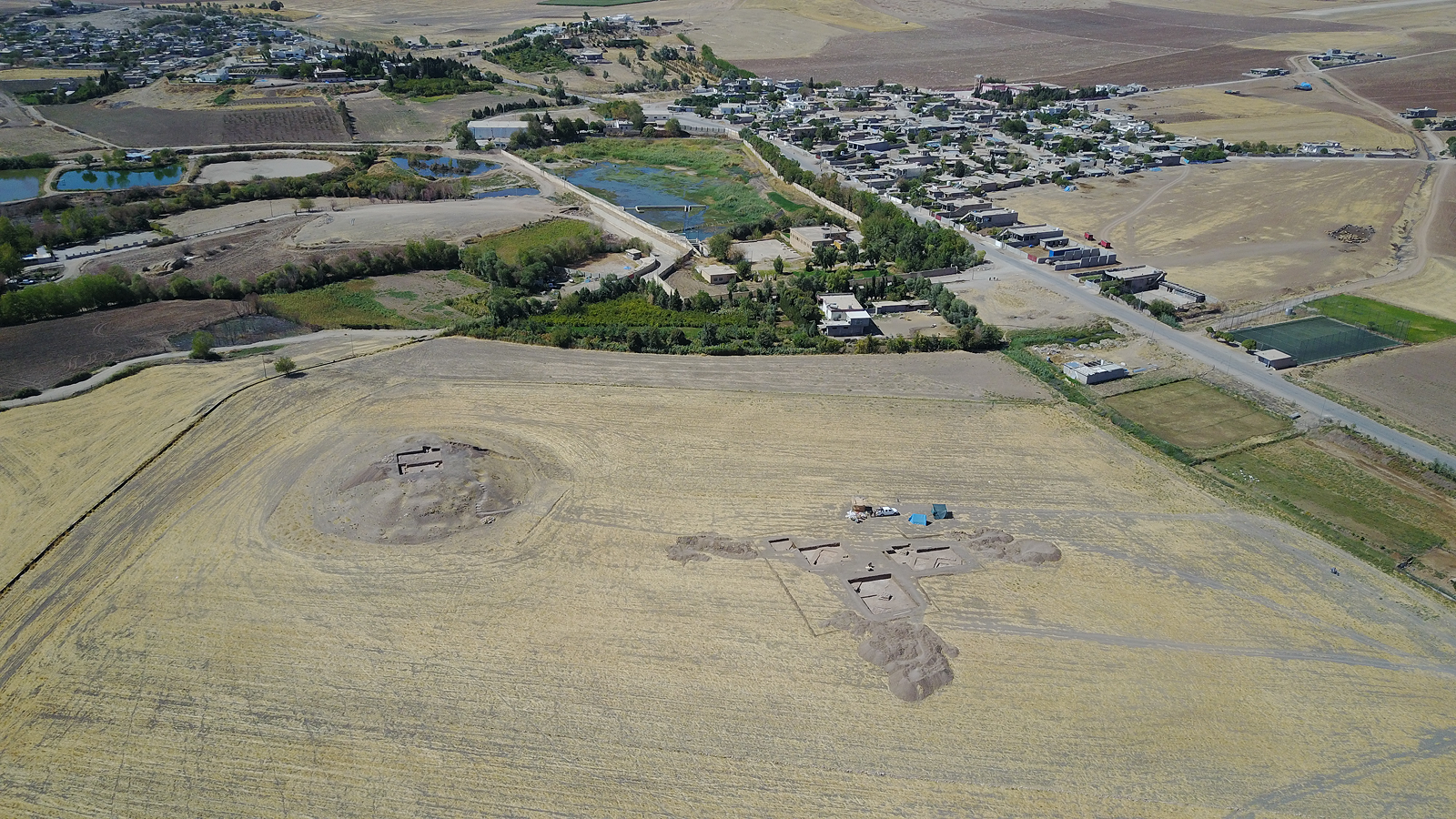Rare Right Whale Calf Spotting Good News for Endangered Beasts

Whale experts have found a promising sign among the recent record gathering of whales in waters off of New England -- a new North Atlantic right whale calf.
The calf was first spotted on April 7 during an aerial survey of the whales, the Cape Cod Times reported, and was later confirmed during a second flyover. The new calf is the 21st spotted this season, an above-average number. That's good news because the right whales, one of the rarest kinds of baleen whales, are dangerously close to extinction. Only about 450 to 500 North Atlantic right whales are thought to remain on the planet.
North Atlantic right whales typically calve off Georgia and Florida, where the waters are shallow and warm. They then move northward to feed throughout the spring and summer.
A record number of these critically endangered right whales have recently migrated to the chilly waters off Cape Cod, Mass. They have come to feast on Calanus, a tiny 10-legged sea creature that drifts with the currents. The baleen whales strain them into their massive mouths.
Researchers counted more than 100 whales -- and possibly as many as 200 -- during aerial surveys last week, the Boston Globe reported. The gathering in Cape Cod could represent nearly half the entire known right whale population that remains on Earth.
Despite their tiny-sized diet, right whales are enormous. The largest can reach up to 60 feet (18 meters) and the whales weigh from 132,000 to 220,500 pounds (60,000 to 100,000 kilograms).
The whales have distinctive, rough, raised patches on their heads, which are often infested with whale lice, turning the large, crusty growths a whitish color.
Get the world’s most fascinating discoveries delivered straight to your inbox.
So many whales are crowding Cape Cod that the Massachusetts Division of Marine Fisheries has issued a warning for boaters to steer clear of the animals. It's against federal law to get within 500 yards of the enormous mammals whales have historically been fatally injured by boats.



